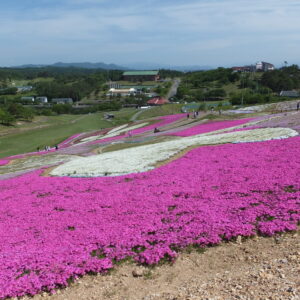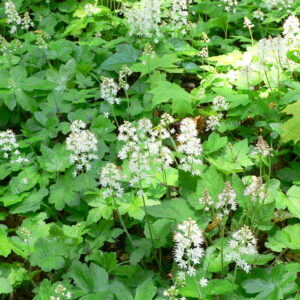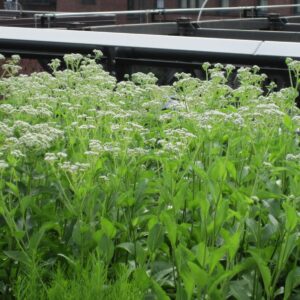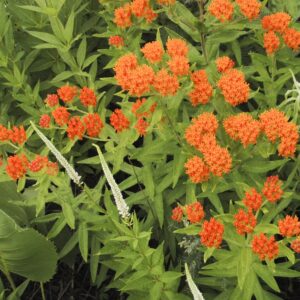Description
Bee Balm Characteristics
Bee Balm prefers fertile, medium to wet, consistently moist soils in full sun to part shade. While well drained soils are appreciated, Bee Balm has some tolerance to the clay soils that are common in Pittsburgh. The soils should not be allowed to dry out. Deadheading spent flowers can encourage new blooms in the same growing season. Plants propagate by self-seeding and runners. Deadheading can prevent self-seeding. Divide the colonies every few years to help to control the spread.
Bee Balm can be vulnerable to mildews and fungus in areas with poor air circulation. Powdery mildew is a common threat. The plants become more vulnerable to disease in subpar conditions such as dry soils.
-
USDA Climate Zone
Zones 4 - 9`
-
Height
2.00 - 4.00'
-
Spread
2.00 - 3.00'
-
Bloom Time
July - August
-
Water
Medium - Wet
-
Sun
Full Sun - Part Shade
-
Maintenance
Medium
-
Deer Resistant?
Yes




